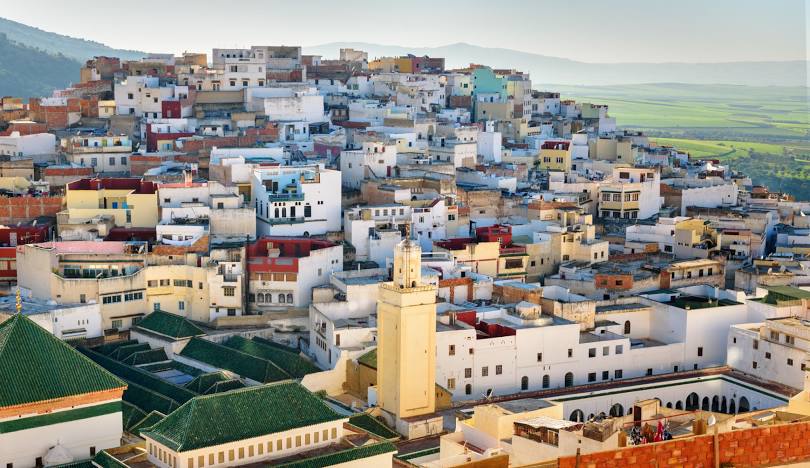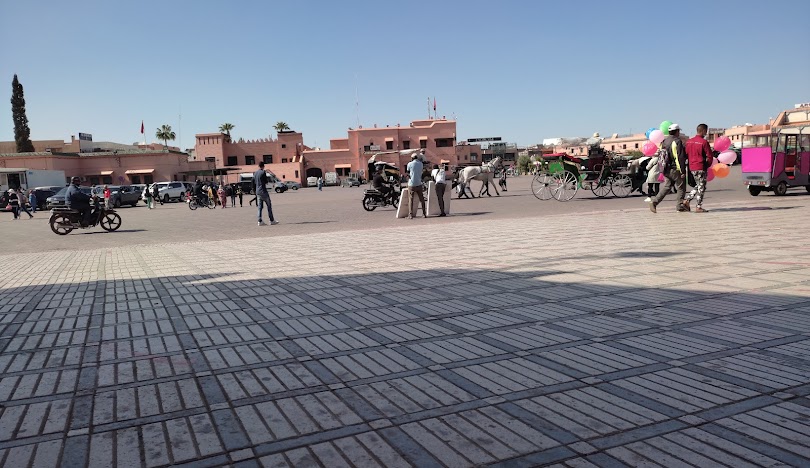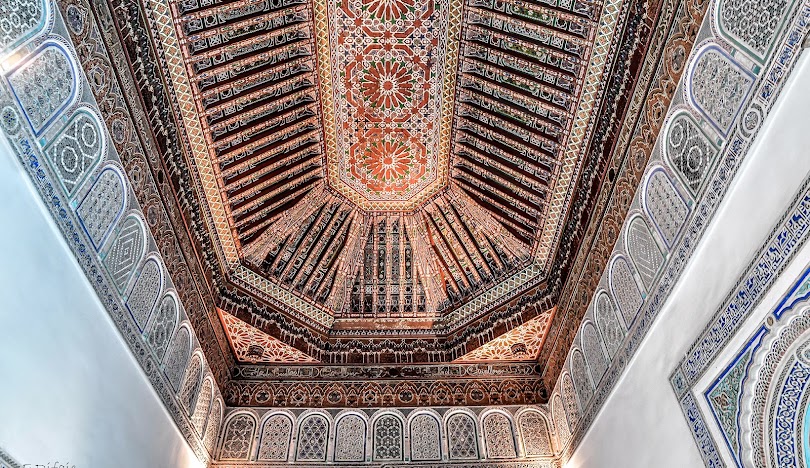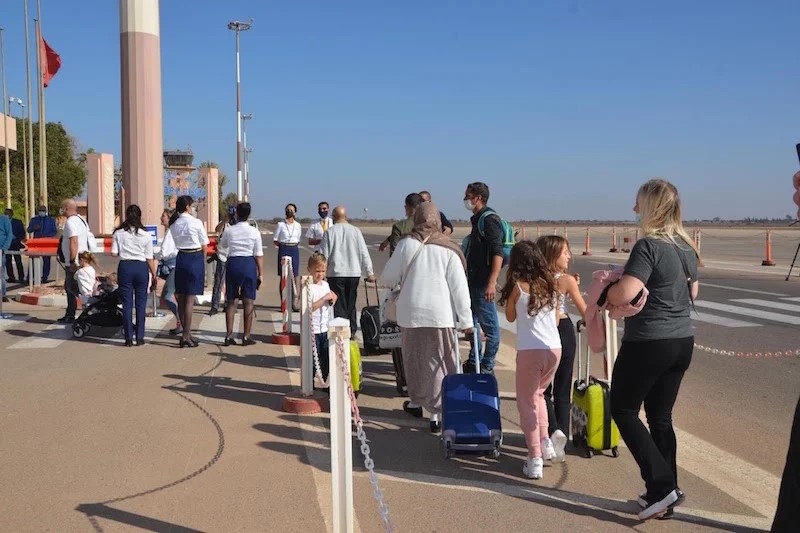At a Glance
- Morocco earned $9.6 billion from tourism in eight months, reflecting 14% annual growth.
- Visitor arrivals surged to 13.5 million as reforms and investments boosted travel infrastructure.
- Tourism now contributes 12.3% to GDP, strengthening jobs and Morocco’s global travel profile.
Morocco’s tourism industry is enjoying a strong and steady rebound. In the first eight months of 2025, the country earned MAD87.6 billion ($9.6 billion) in tourism revenue, a 14 percent increase from the same period in 2024, according to data from the Ministry of Tourism, Handicrafts, and Social and Solidarity Economy.
The numbers reaffirm Morocco’s standing as North Africa’s leading travel destination, driven by sustained visitor arrivals and a clear plan to attract 26 million tourists by 2030.
Between January and August, 13.5 million travelers visited Morocco, up 15 percent from a year earlier. July and August alone brought in 4.6 million visitors, reflecting the strength of the summer season and the broad appeal of the country’s heritage cities, coastal resorts, and desert landscapes.
“Tourism remains a cornerstone of our economy and a major source of foreign currency,” said Tourism Minister Fatim-Zahra Ammor. “Our focus is to maintain this growth and strengthen Morocco’s place among the world’s top destinations.”

Reform, resilience, and renewal
The surge reflects more than post-pandemic recovery. It stems from a decade of policy reform and investment aimed at building a stronger, more diverse tourism base.
The government’s Tourism Roadmap 2030 outlines three main priorities: expanding air connectivity, broadening attractions beyond Marrakech and Agadir, and boosting accommodation capacity.
These plans are closely tied to Morocco’s preparations to co-host the 2030 FIFA World Cup with Spain and Portugal, an event expected to draw major infrastructure spending and global exposure.
Infrastructure upgrades have been central to this push. Airports in Casablanca, Marrakesh, Tangier, and Dakhla are undergoing expansions that will nearly double passenger capacity to 80 million by 2030. The country’s growing high-speed rail network is also linking more regions to key tourist centers, cutting travel times and improving access.
Airline connectivity has improved as well. Royal Air Maroc and several international carriers have launched new routes to North America, Europe, and the Gulf, making Morocco one of Africa’s most accessible destinations.

Broadening the Moroccan experience
The next stage of Morocco’s tourism plan focuses on spreading visitor traffic beyond its most famous cities. From the Atlas Mountains to the eco-lodges of Ouarzazate and Essaouira, officials are encouraging private investment in boutique hotels, wellness retreats, and cultural tourism.
At the same time, the Cultural Heritage Program, jointly led by the Tourism and Culture ministries, is restoring historic medinas in Fès, Chefchaouen, and Rabat, allowing visitors to experience Morocco’s layered history firsthand. New sustainability rules are also being introduced to protect fragile ecosystems as visitor numbers climb.
Tourism accounted for about 12.3 percent of Morocco’s GDP in 2024, underscoring its economic weight. Beyond the figures, the sector sustains hundreds of thousands of jobs in hospitality, transport, and traditional crafts — livelihoods that make tourism one of the country’s most inclusive industries.

Image, influence, and visibility
Morocco’s rise as a travel leader is not only about numbers. It’s also about image and international engagement. Through cultural diplomacy and world events, Morocco has sharpened its global profile.
Events such as the Club World Cup, the Marrakech International Film Festival, and Jazzablanca have projected Morocco’s blend of tradition, hospitality, and modern flair to global audiences.
The upcoming 2030 World Cup is expected to accelerate this momentum.
Billions of dollars in new investment are set to follow, integrating Morocco more deeply into Europe’s tourism circuit. Analysts say visitor arrivals could climb another 25 percent over the next decade if infrastructure and service standards continue to improve.
Challenges beneath the growth
Still, Morocco’s tourism rise brings familiar challenges. Heavy reliance on the summer season strains infrastructure and limits off-peak employment. Environmental pressures, especially water scarcity in resort regions, are growing concerns.
Experts say balancing growth with preservation will be the next big test. The government is also turning to digital tools, from data-driven visitor management to eco-certification programs for hotels, to support sustainable tourism.
As global travel demand continues to rise, Morocco stands out for how it has blended planning with authenticity. Its focus on heritage, infrastructure, and consistent policy has drawn comparisons with Mediterranean peers such as Spain and Portugal
“Morocco isn’t just bouncing back; it’s reshaping its tourism identity,” said a senior analyst at the World Travel & Tourism Council. “Its ability to merge culture and innovation gives it an enduring edge.”
With a clear vision for 2030, a wider range of destinations, and growing international partnerships, Morocco’s ascent as a tourism powerhouse looks firmly set. The next chapter will depend on ensuring that this growth remains sustainable, inclusive, and beneficial for all who call the country home.





